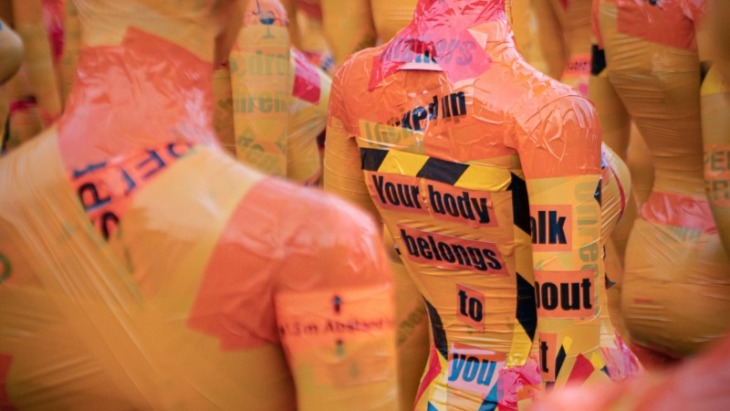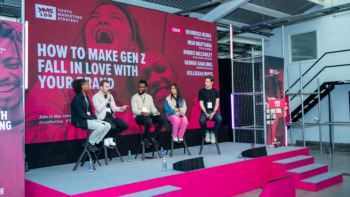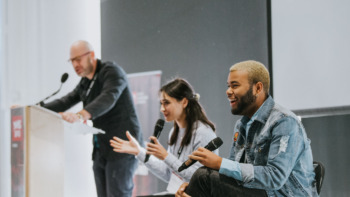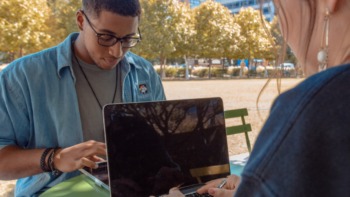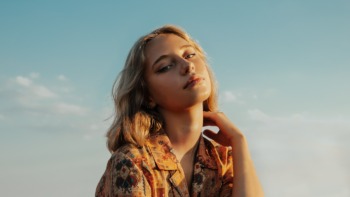Gen Z has inherited a body-shaming problem decades in the making. Could their relentless approach to acceptance spell the end of dangerous advertising? CW: Eating Disorders/Anorexia
Shaming circles: where it all began
Today, it’s difficult to believe that magazines were a regular part of our media consumption. But they once were. Not only that, they were also the outlet for one of the most infamous body-shaming tools: the so-called circle of shame.
Weekly magazines would contain double-page spreads of celebrities – mainly women – with their perceived faults circled or highlighted. Faults that ranged from cellulite and belly fat to earwax and sweat stains. Faults that millions of women across the globe would digest and internalise each week – every week.
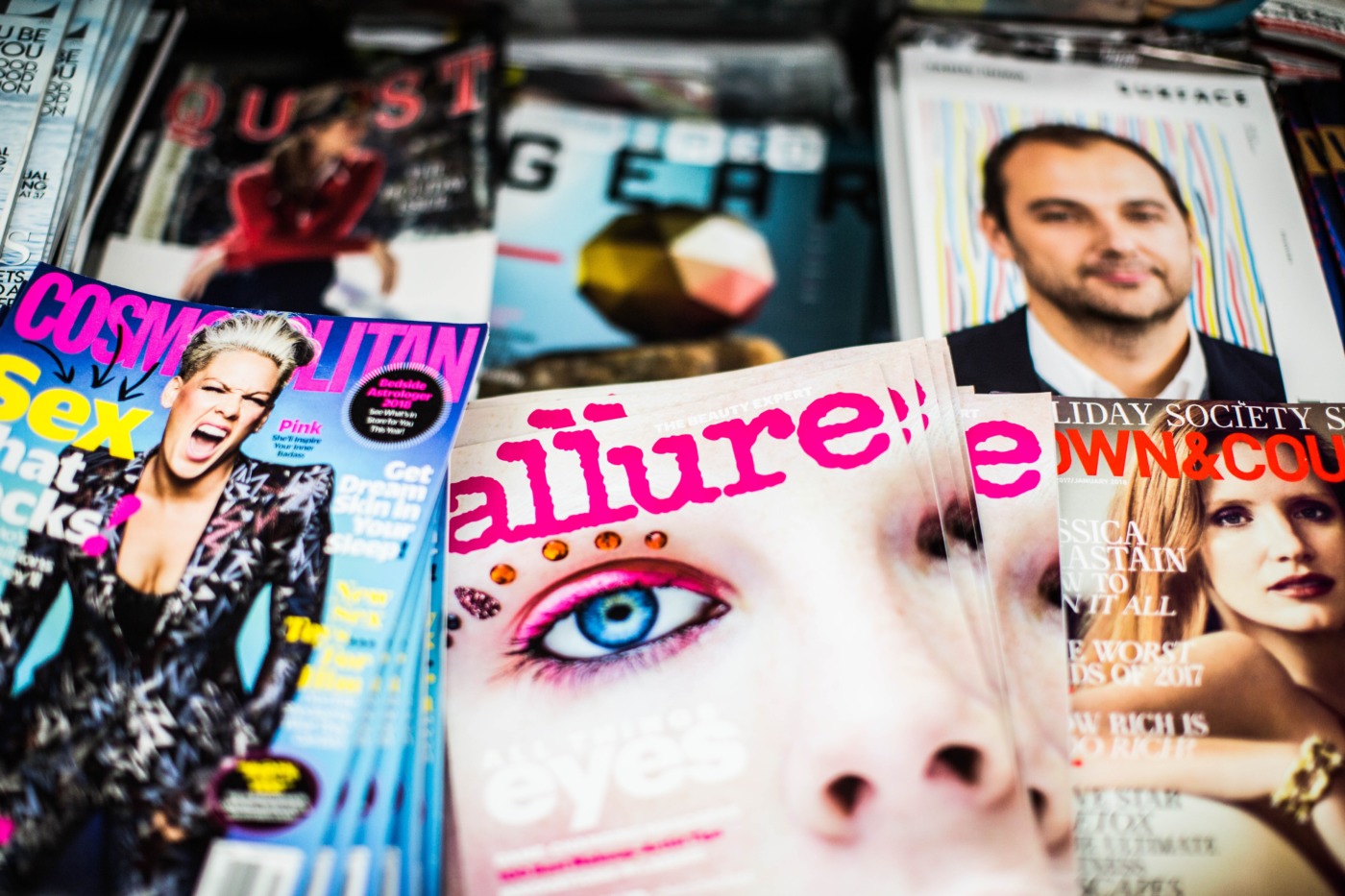
The same magazines that published “circles of shame”, or variations of it, would often bear front covers commenting on celebrities’ bodies: “diet despair”, “bony and haggard”; “heartbreak diet”.
This sort of media – and the magazines that published it – have gone from something we actively buy into, to something we widely condemn. Some titles have gone out of print. Many have expressed regret over shame-oriented reporting, and have pivoted to be more body positive. But the legacy of the circle of shame lives on.
From tabloids to Tumblr
The older Gen Zs might still remember the circle of shame on front pages in newsagents, or in magazines pilfered from parents. But by the time they started to shop for themselves, body shaming had found a softer – but just as coercive – guise.
Throughout the 2010s, many fashion brands targeting young women carried a narrow range of sizes – the most extreme example being Brandy Melville, which for the most part carries just one size. In an online forum, one student asks: “as it’s one size fits all – would they fit a UK size 8, or should I try slimming to a 6?” It’s a dangerous message to send to young girls – “if you can’t fit into our clothing, you can’t be part of our world.”
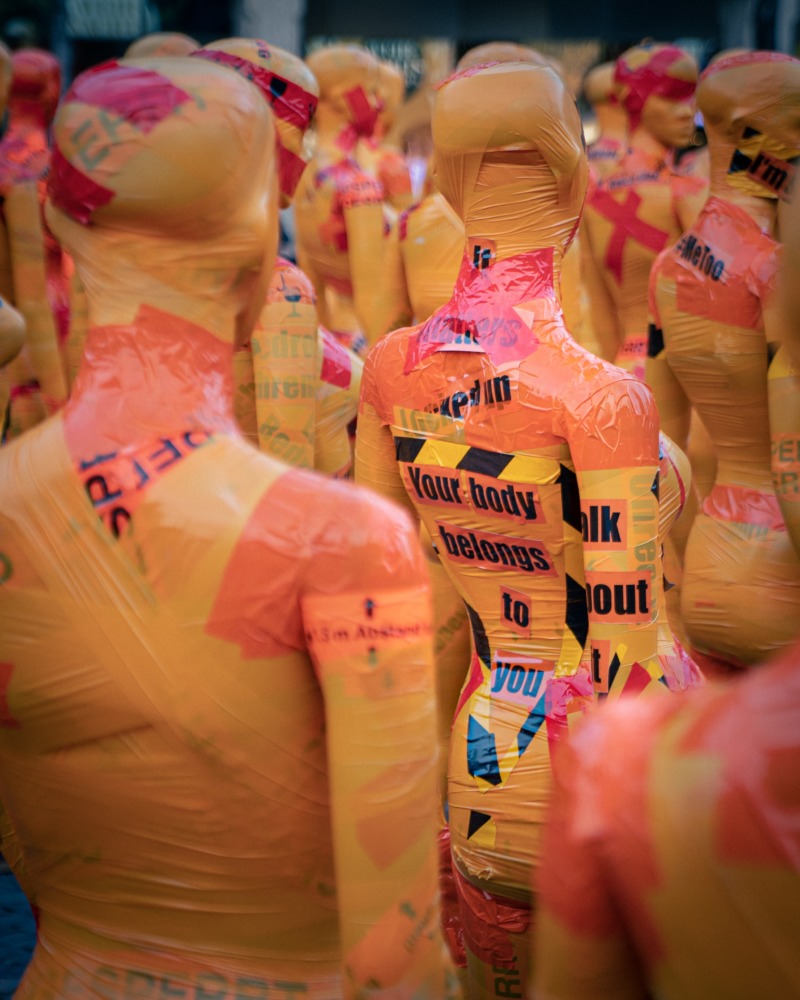
Fashion brands that don’t carry a diverse range of sizes are just another way of perpetuating body shame – this time, though, it’s an exclusionary tactic rather than a red ring of shame. In recent years, certain brands have caved to pressure and introduced bigger sizes. Many more haven’t. Even brands that did offer inclusive sizing in the late naughties and early ‘10s tended to default to slim models in their marketing.
To see the impact this had on a fledgling generation, one only has to think back to what sites like Tumblr (and later Instagram) looked like during this time. So-called “thinspo” or “pro-ana” accounts proliferated, sharing imagery and tips on how to lose dramatic and unhealthy amounts of weight. Often, such online communities were entwined with ED sufferers genuinely seeking help, or looking for an outlet.

In 2014 on Tumblr, the “thigh gap” went mainstream – today’s body ideal of thick thighs couldn’t be more of a U-turn. It’s a wider symptom of a culture that has grown up seeing specific body parts encircled – teenagers and young adults acting out the shame of a previous generation. Also in 2014, the number of inpatient hospital admissions for eating disorders in the UK grew by 8% year-on-year.
Today: positivity and concern
On the surface, the body positivity movement looks to have changed the narrative for Gen Zs. All credit goes to a new-wave of body-positive content creators across Instagram, Youtube and TikTok – influencers of different body types and sizes. Racial diversity, too, plays a huge role – because the thin “ideal” of the past decade has almost always been white, too.
The media has responded and made changes that are long overdue. Shameful takedowns of celebrities’ appearances are no longer mainstream content. In fact, some individuals have even faced criminal charges for body shaming. Many brands – such as fashion giant ASOS – will photograph the same item of clothing on different models to show how it looks on different body types. Gen Zs are given the option to see clothes worn by someone that looks like them, rather than someone they’d like to look like.
But it’s important to dig a little deeper. Today, social media sites still face an uphill battle trying to keep Pro-ED content off the feeds of vulnerable users.
The trend cycle also complicates things. The Y2K aesthetic came into being at a time when fat-shaming was at its pinnacle – the early noughties put extremely thin women on a pedestal, and fashion rolled out clothes to fit them. As Gen Zs explore this trend, there’s infinite scope for it to be interpreted with more positivity and inclusivity by fashion brands- but as tiny vintage pieces flood Depop feeds, there’s little size flexibility for Gen Zs looking to buy second-hand.
Body-posi content creators often face a barrage of hate and shaming. There are corners of TikTok that really don’t speak to body positivity, and the infamous algorithm has the potential to send users down wormholes of dangerous or triggering content. Women posting pictures of their bodies – any type of body beyond the thin, white “ideal” – are often heralded as “brave” in the comments. Such comments are largely absent on the posts of thin, white models.
The circle of shame is a chameleon; starting as a red ring, evolving into a one-size-fits-most dress, and now it’s reached a new form – a seemingly-innocent comment declaring a woman “brave” simply because she’s posting a picture of herself. As marketers, we have a responsibility to be aware of it – and not perpetuate it for this generation.
This blog is part of our Gen Z and Authenticity edit. If you missed the last blog, you can check it out here.


